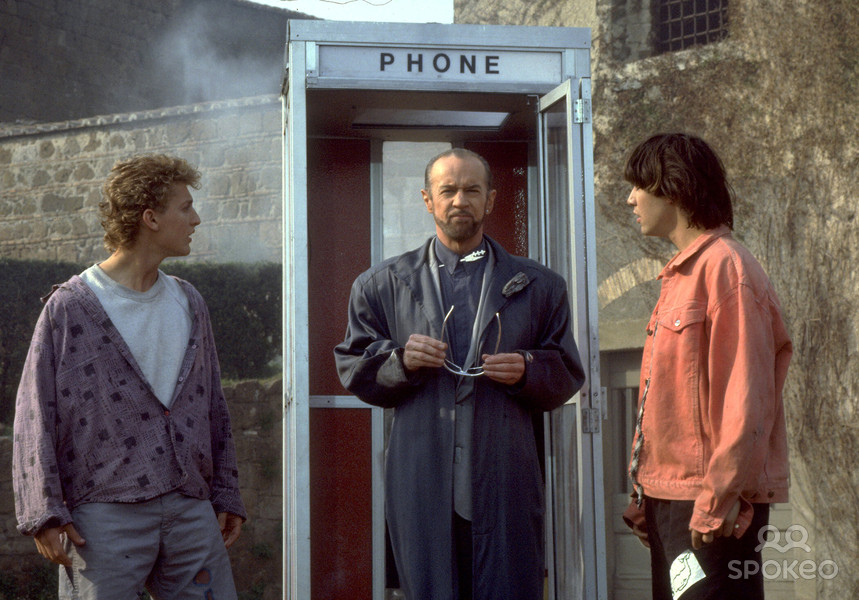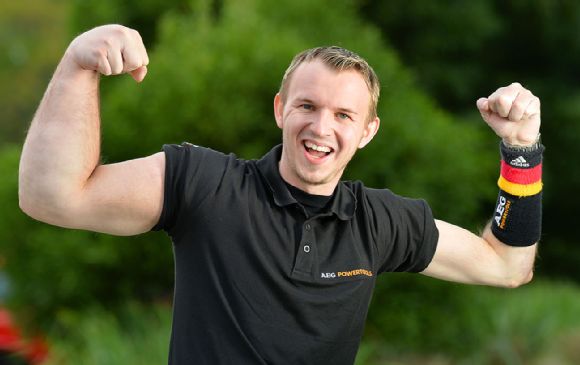
Plus, there is NO way you could make this artwork without being high
When
comparing yourself to an elite lifter’s lifts, you must understand that this
elite lifter is using elite equipment. I’m
not simply speaking about their PERSONAL equipment (shoes, belts, powerlifting
gear as applicable, etc), but the actual hardware on site. Competition grade barbells, calibrated and
balanced plates, racks, monolifts, etc etc.
This equipment is standard at this level, but it also costs several
thousands of dollars. It makes sense for
elite athletes: we the spectators want to see them perform their best, and in
turn we give them the equipment that allows them to display the most strength
possible. No one wants to watch a 1997
Honda Civic blitz down the track at NASCAR, and with everyone using the same
great equipment, it still comes down to the lifter to perform rather than just
blaming the equipment.
A commercial
gym functions in the complete opposite way.
The owner (if he’s smart) realizes that the equipment is going to get
abused far more than it gets used properly, and he’s going to simply purchase
the bare minimum necessary to satisfy the majority of his customers. If he can get a bulk rate discount, even
better. And remember the immortal words
of George Carlin “I never had a 10, but one night, I had five 2s”. Yeah, you’re working out with those 2s.

69 dudes!

69 dudes!
What does
this mean to you the lifter? It means
comparing your lifts to those performed in an organized competition is simply
madness. Ignoring the fact that these
athletes tend to be the cream of the crop (through combinations of insane work
ethic, incredible genetics, talented coaches, great nutrition, etc), their
lifts are being performed with equipment that is designed to amplify strength,
while YOUR equipment is designed to meet the bare minimums. This means that holding your grip to a
standard of “I should at LEAST be able to deadlift 315 double overhand before
switching to mixed grip” is insanity, as you’re attempting to perform this feat
with a bar with knurling that, at best, could be called “cosmetic”. Yes, George Leeman can hook grip over 900lbs,
but he’s doing this with a barbell with diamond knurling that will rip your
skin off if you’re not conditioned for it.
Give him a crappy commercial gym barbell and he’ll notice the
difference.
This is
doubly if not triply true for the Olympic lifts. Clint Darden made an amazing video comparing
the Rogue barbell to an Eleiko barbell as weightlifting bar, and one of the
most significant factors was the amount of spin present in the latter versus
the former. Rotation is huge when it
comes to getting weights from the floor to your chest/overhead, and if your
equipment isn’t up to the task, you’re adding an extra element of challenge to
it. This is why the continental clean
even exists: an axle’s collars don’t rotate, making it impossible to solidly
clean to the chest a heavy weight.
Weights that make it to the chest with an axle are the result of brute
strength and force, not technique.

I love a sport where this is considered "good form"

I love a sport where this is considered "good form"
All of this
is ignoring the elephant in the room that no one wants to think about: the
weight itself. Unless your plates have
been weighed, calibrated and certified, you have no idea how much they actually
weigh. Cheap manufacturers give it a
shot to get close to right, but 45lb plates can vary anywhere from 1-8lbs, and
after years of getting dropped and chipped it’s just going to get worse. This is why, back in the day, after you set a
record at a competition they actually weighed out the plates to see how much
weight you REALLY lifted. It was common
for your record to not count, OR for you to have lifted substantially more than
you ever did. This is why the phenomenon
of going to a new gym and the weights feeling lighter/heavier happens. It’s not just in your head, the plates probably
DO weigh differently. And this is of
course to speak nothing of the fact that the bar you’re using may weigh
differently than what is advertised as well.
The list
goes on and on. Bars that are too thick
to grip well for deadlifts, too whippy for bench, no center knurling for
squats, 6’ bars, etc etc. But fear
not! There is a solution: strive to
always use the same equipment every time you are at the gym and get stronger
WITH that equipment. As long as you are
seeing growth with the majority of the variables being controlled, you are
getting stronger. Yes, this means
seeking out a specific bar and plates, but it also means no longer having to
stress over your growth. It also means
you need to quit comparing your lifts performed in your situation with those
performed by others, as they’re simply not contending with the same
elements. This ALSO means not worrying about needing to use straps at a certain weight, or any other training aid for that matter, as realistically you're more likely just making things even by compensating for crappy equipment with a beneficial aid. This is why the comparison is
pointless, and why you just need to compete with yourself.

But you also need to be honest with yourself
Unless you
do strongman, in which case, none of the equipment is regulated, nothing is
standard, everything is broken, and you just need to get stronger.












